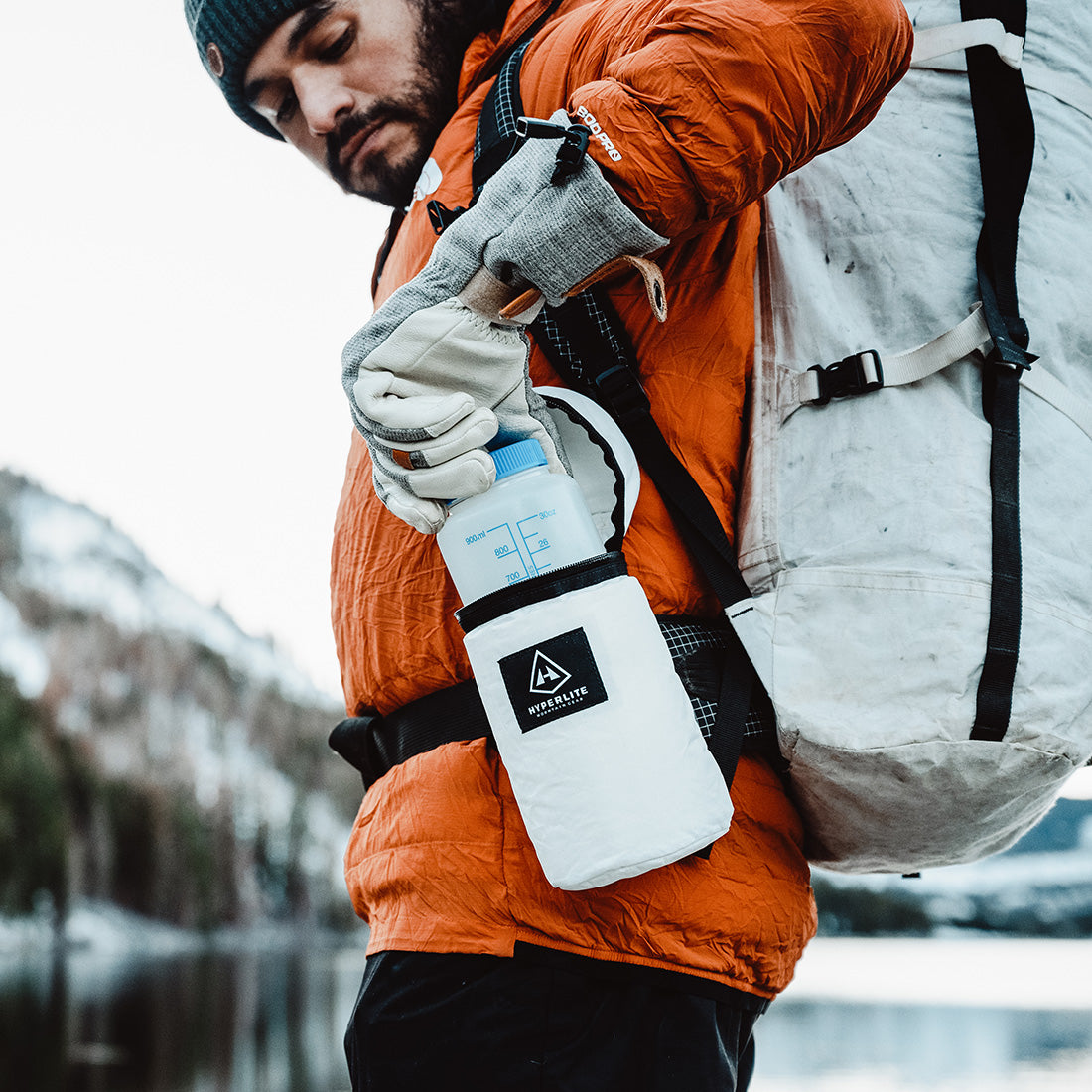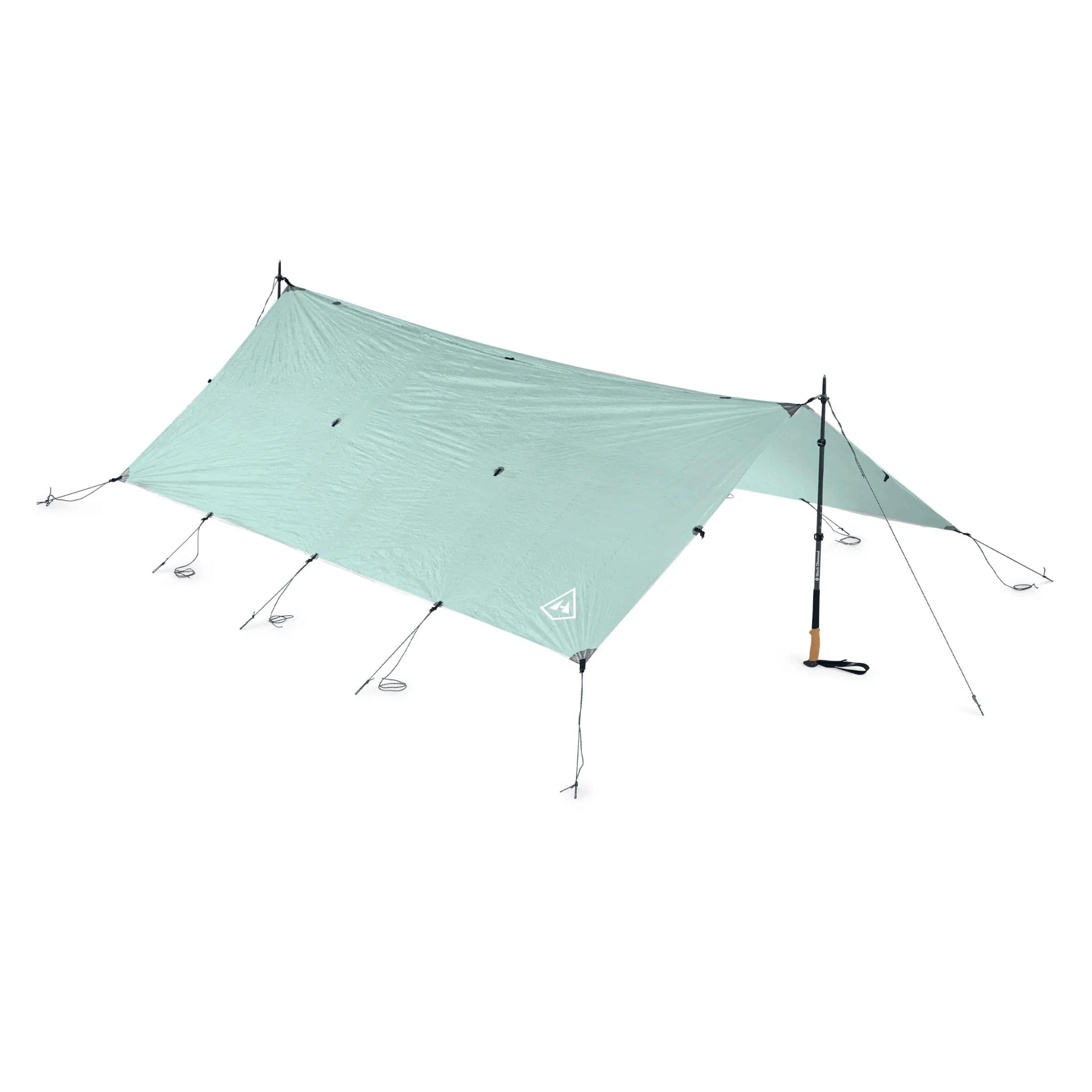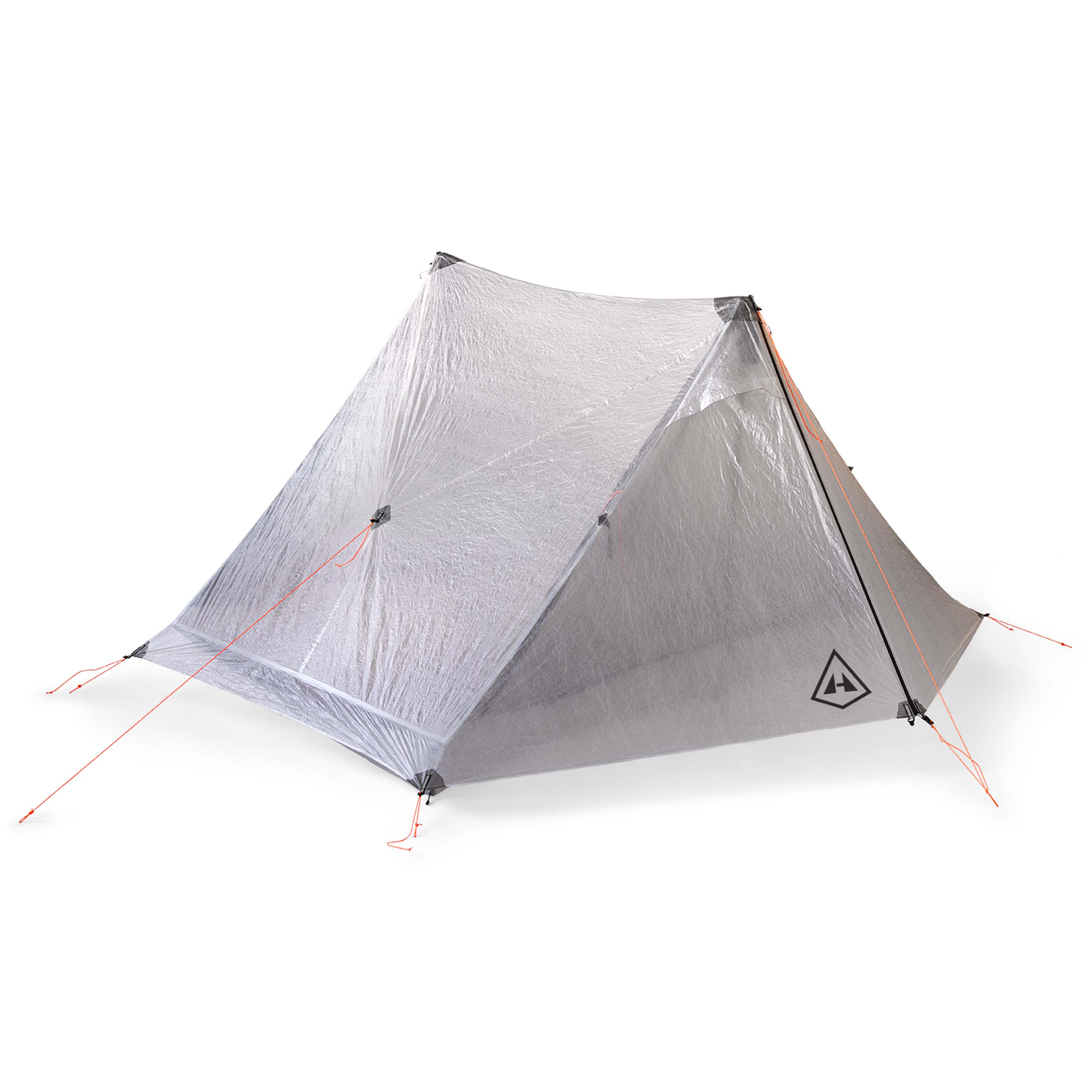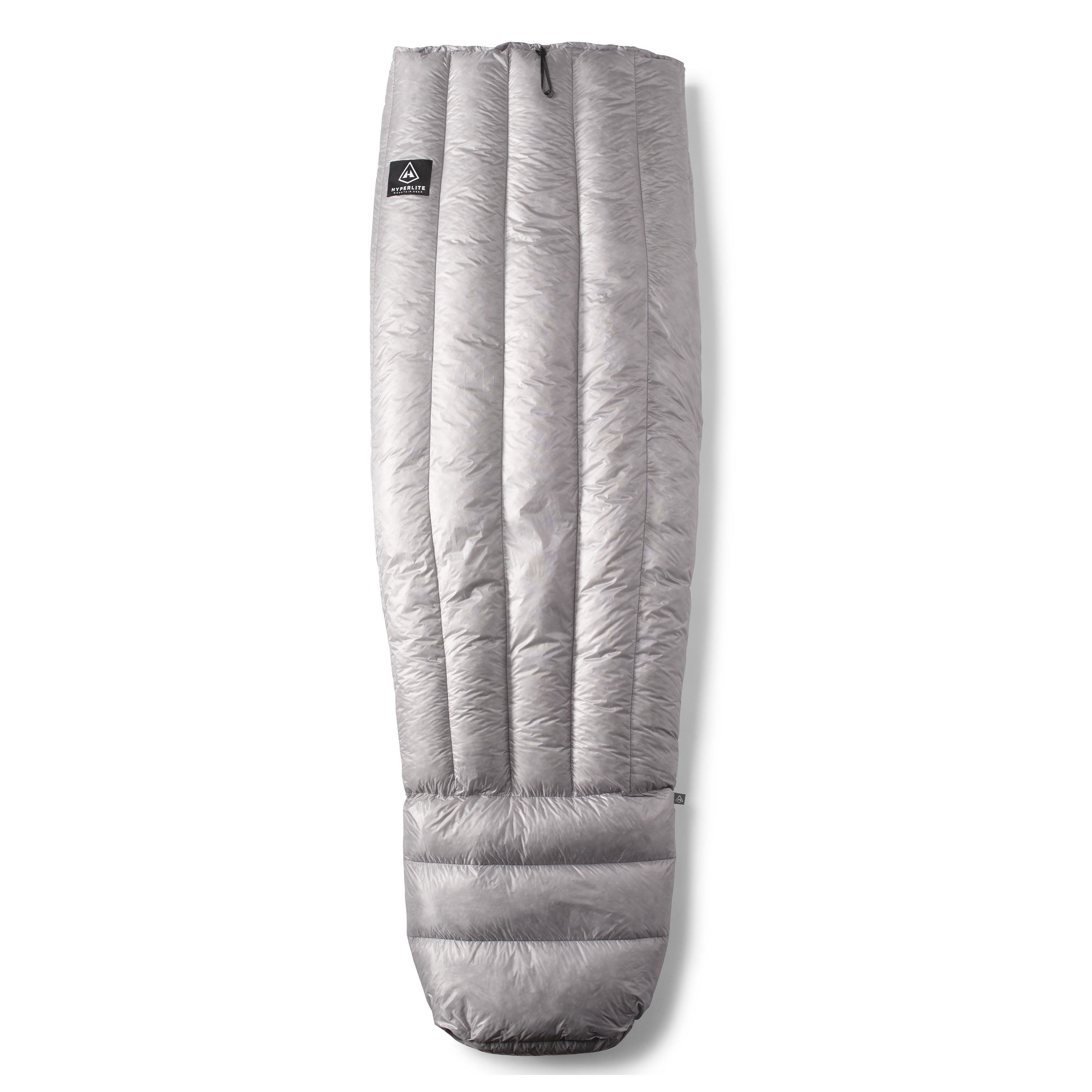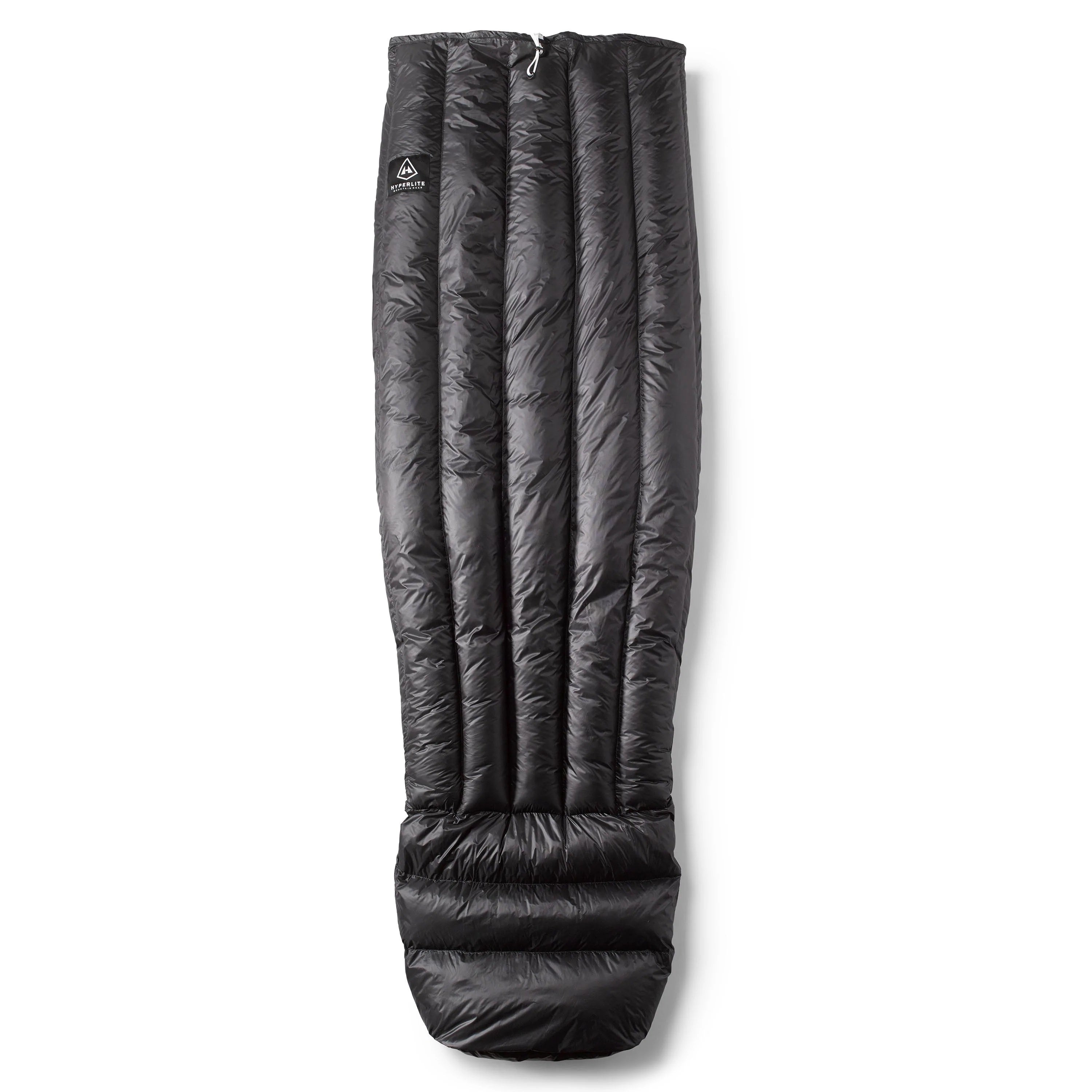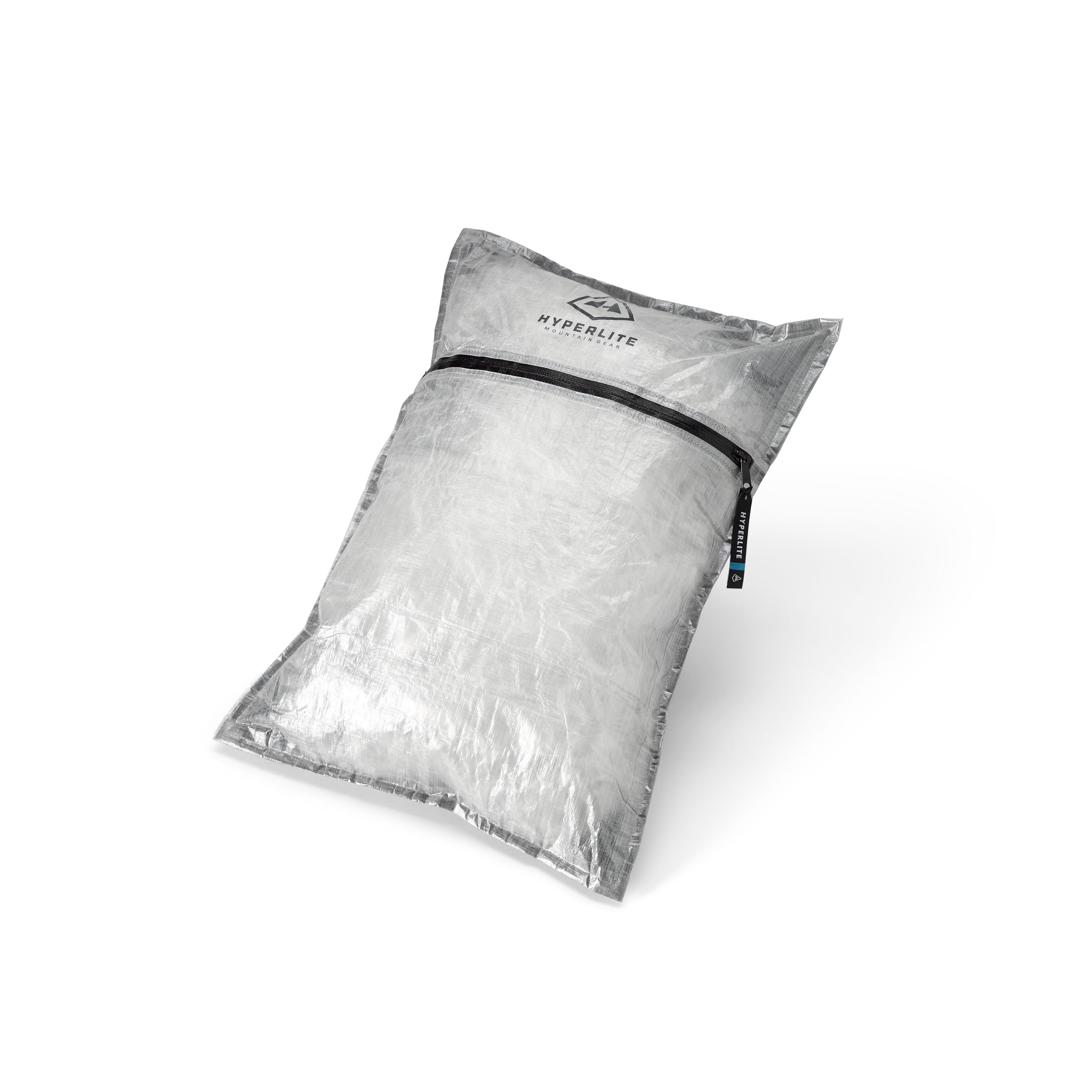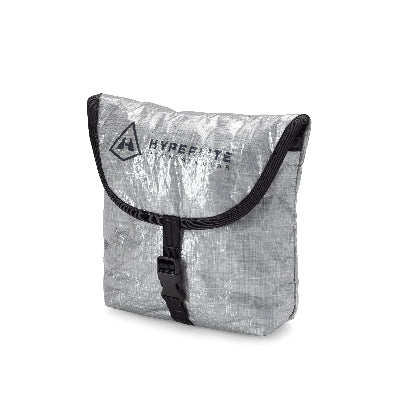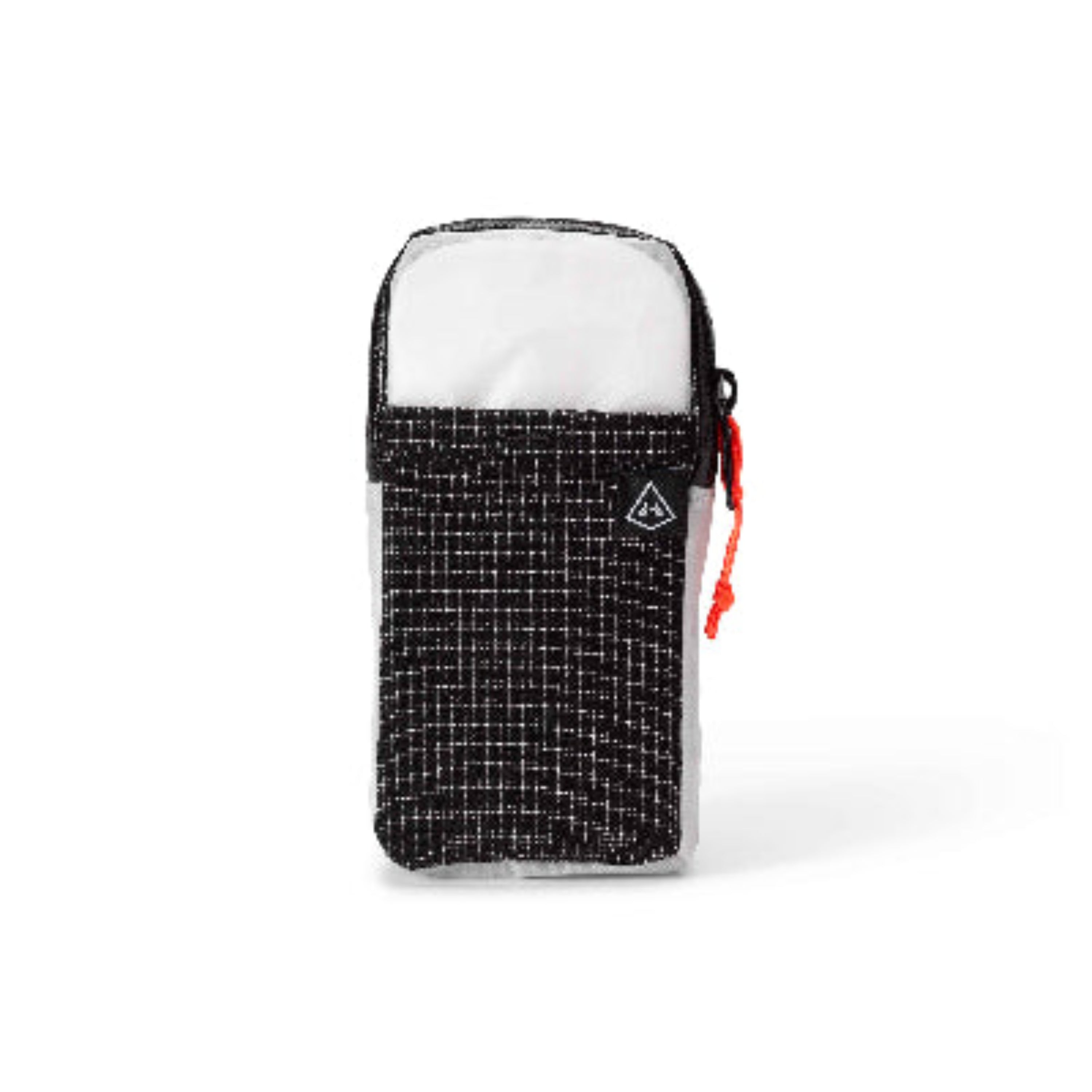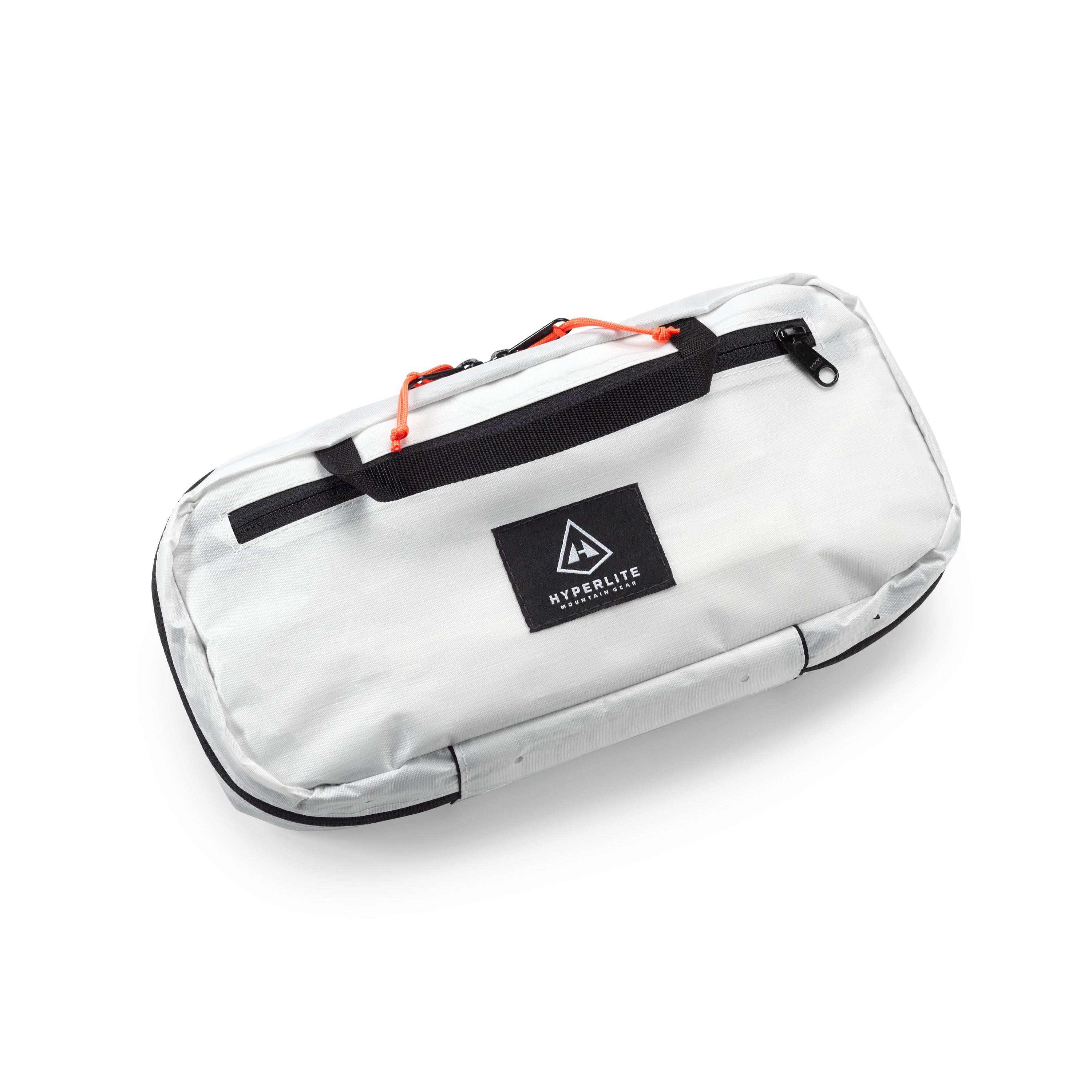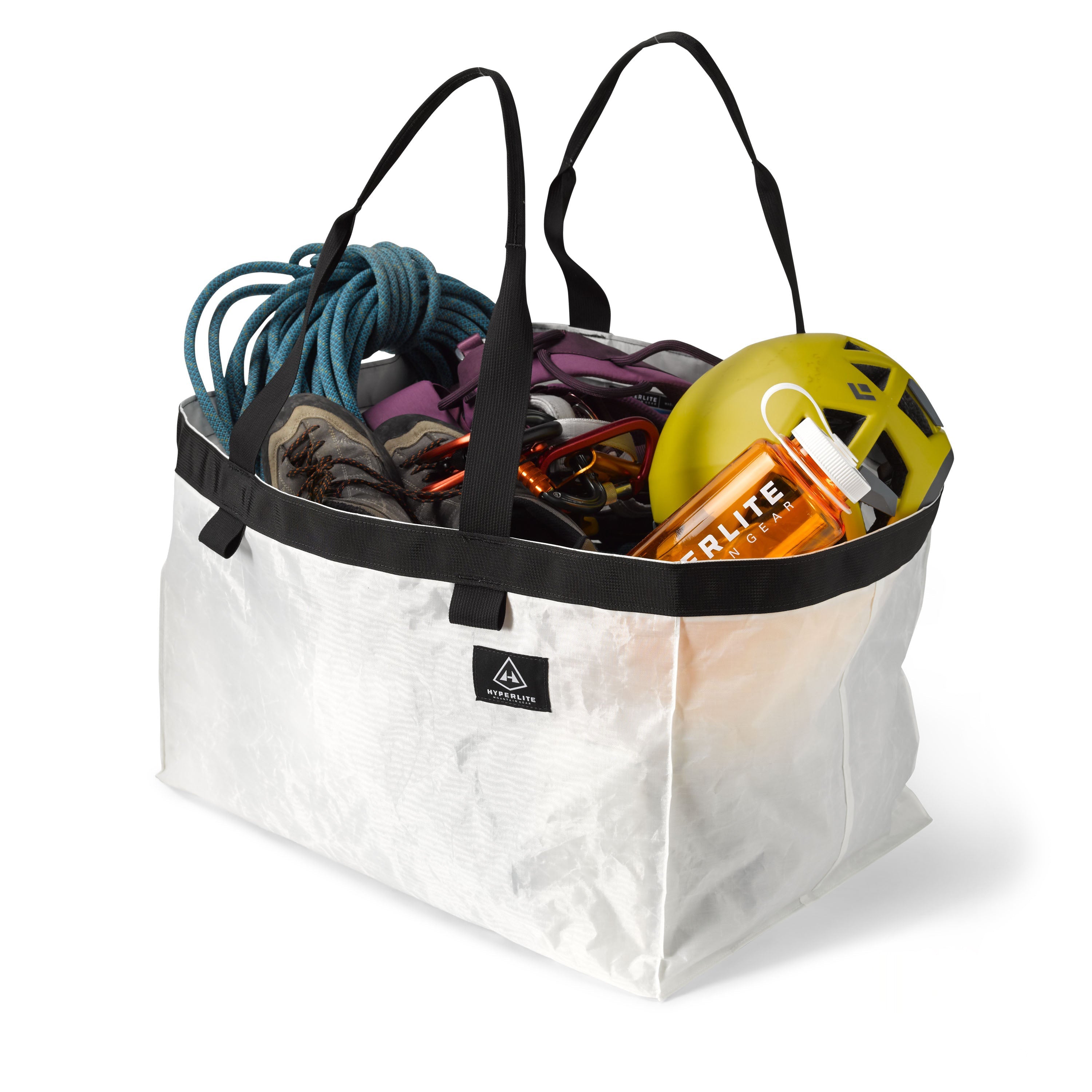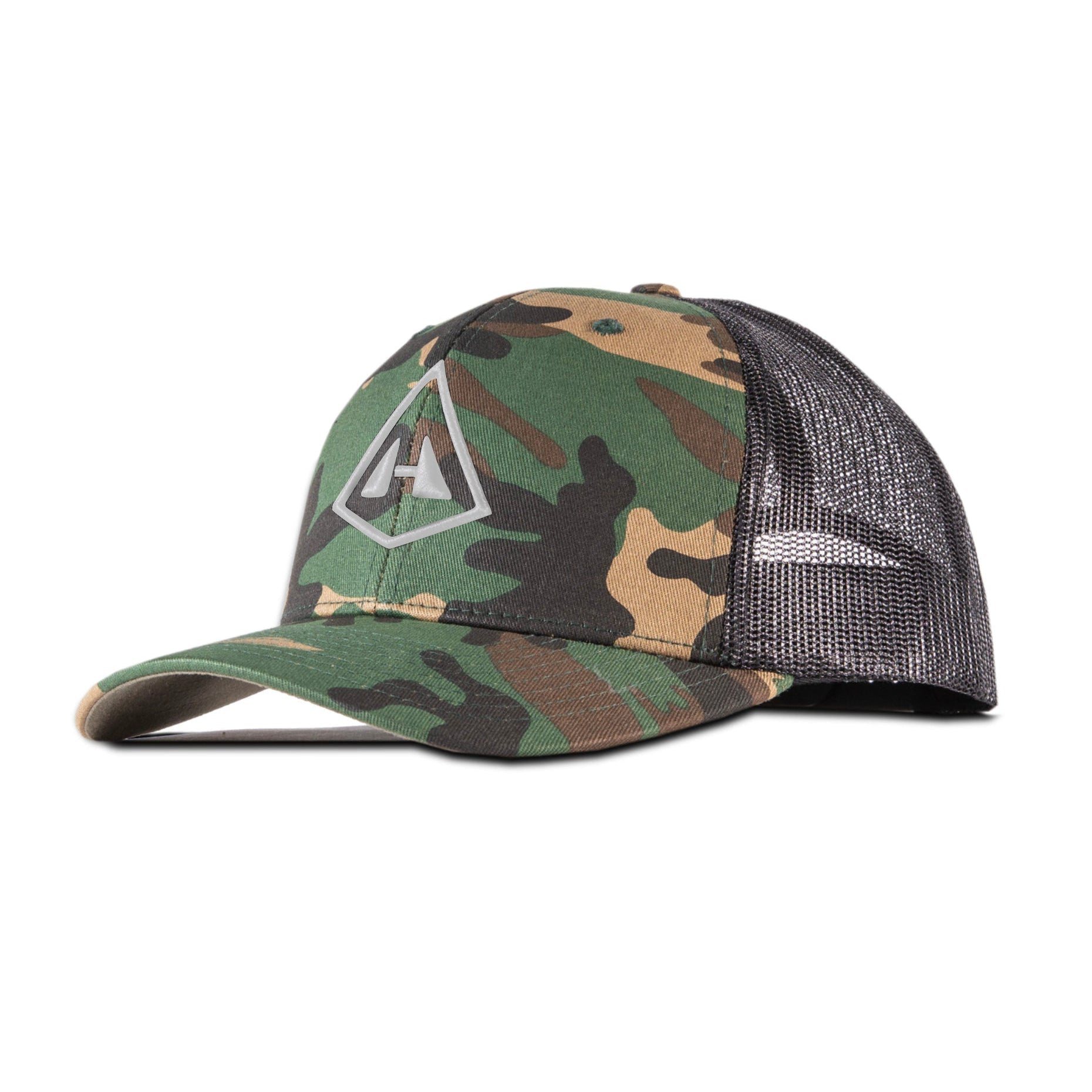Words & Photos by Matt Jenkins
A critical component of every trip into the wilderness is food. Whether going out for a couple of hours or a couple of months, some attention needs to be paid to nutrition in order for your physical output to be sustained for the duration of the activity. With that in mind, I’ll share how I developed my own personal nutrition strategy and pass along some lightweight backpacking food ideas that satisfy my cravings and metabolic needs.
My personal approach to backcountry nutrition is system driven. As Steve House said, “eating with a purpose is key to increasing your capacity for any sport.” My strategy is built upon a set of modular menus that are pre-prepared, scale-able and simple. They are primarily made of readily available ingredients that can be procured in bulk from stores online or in most major cities. My menus are rotated, combined, and modified to meet the caloric and nutritional needs of the trip objective, season, activity, and duration. I definitely don’t reinvent my menus every trip and I don’t recommend that you do either.
How does one determine the right amount of food, with the appropriate type of calories, for a trip? Below I will outline three strategies for determining your baseline nutritional needs. This will be your starting point for all trips into the wilderness. Ultimately, I would recommend combining these three strategies to determine a tried and true baseline that works for you.
A System-Based Approach + Lightweight Backpacking Food Ideas = Serious Backcountry Eats
The first strategy is to track your normal food intake over the course of a week or month using a common fitness app such as My Fitness Pal. If your normal activity level somewhat mimics your upcoming trip into the wilderness, this method of calculation should at least get you close.
For example, my average day revolves around hiking, climbing, running, weight lifting, and/or boating. I consume between 2800-3000 calories during an average day—which is a lot. Unless I’m on a really strenuous trip, my metabolic output in the backcountry won’t require a massive increase in caloric intake.
If you are starting your trip straight from the couch, your average daily activity level is significantly lower than it will be in the field. Theoretically, you might be able to get by for a few days in the backcountry on the calories you consume on any given sedentary day around the house. However, your nutritional needs on a longer trip will vastly exceed your normal daily requirements. When coming up with a list of lightweight backpacking food ideas to fall back on when planning a trip, it’s important to take that into consideration.

So that brings us to the second method for estimating your nutritional needs, which involves to calculating your baseline by tweaking the following equation. Start your equation with approximately 24 ounces of food per person per day with a caloric density of approximately 125 calories per ounce. This is the threshold which many skilled in the backcountry arts utilize to determine if their food is nutritious enough for the demands of their activity. That equates to 3000 calories per day. This calculation works for trips that are generally low in overall metabolic output – a summer trip up to about 10 days with fair-weather, where one is carrying a pack of reasonable weight up to 25 pounds.
24 ounces/day x 125 calories per ounce = 3000 calories / day
The last method that I will recommend is to calculate your baseline nutritional needs utilizing the following equations. This is a more specific approach to get you closer to what you will need out on the trail. Of course, these equations should also be modified based on objective, season, activity, and duration.
Body weight (lb) x 0.106 ounces (3g) of carbohydrates / day
Body weight (lb) x 0.029 ounces (.8) of protein / day
Body weight (lb) x 0.017 ounces (.5) of fat / day

For me, a 150 pound, active male this equals approximately 450 grams of carbs, 120 grams of protein (you’ll notice this aligns nicely with nutritionist Brian Rigby’s protein recommendations in our previous article “Build Better Ultralight Backpacking Meals With Heavyweight Nutrition”) and 70 grams of fat per day for a baseline total of 640 grams of food per day. My typical summer trip, as a backcountry ranger at Grand Canyon National Park, involves hiking about 5-10 miles per day in extremely hot temperatures over what I consider to be easy trails: the Bright Angel and South Kaibab Trails. I go a little heavy on the carbs and low on the fat, because eating food like cheese just isn’t appealing when it is 115 degrees in the shade.

Forthcoming, on the HMG blog you will find numerous lightweight backpacking food ideas I’ve generated over the years, divided by meal type. In addition to those that are already posted on the HMG site, these new recipes are the foundation for almost every trip I take. These recipes can be modified to be meat, diary, and/or gluten free.
To get you started, below is an example of a couple of recipes that I would consider eating at the end of an active day hiking on the trail or climbing routes at the crag during the winter. After arriving in camp I would prepare a dinner of Thai Curry with Fish and a dessert consisting of Fruity Upside Down Cake. The combination of these two recipes is approximately 1200-1300 calories. Together they pack a whopping 110 grams of carbohydrates, 37 grams of protein and 33 grams of fat.

Thai Curry with Fish
Directions: Mix all the ingredients (minus the tuna and the hot sauce) before leaving home. In the field, combine all the ingredients in a cozy and simply cover them with boiling water, about ½ to 1 cup. Let sit for 5 minutes.
Ingredients:
½ cup instant white rice
1/8 cup coconut cream powder
1/8 cup dehydrated mushrooms
2 tbsp dehydrated red bell peppers
½ tbsp dehydrated onion
1 tsp dehydrated green onion
½ tsp spicy red pepper flakes
½ tsp dehydrated Thai basil
1/8 tsp curry powder
1/8 tsp True Lime
1 pack tuna in sunflower oil
1 packet, hot sauce (optional)

Fruity Upside Down Cake
Directions: Mix the Jell-O and Nido at home. In the field, mix with water and let the mixture settle for approximately 5 minutes. Cover in layers with the remaining dry ingredients.
Ingredients:
¼ cup dried fruit such as mango, pineapple, or apricots
½ serving Jell-O brand Vanilla or Cheesecake Pudding
2 tbsp shredded, sweetened coconut
2 tsbp Nestle Nido
1/3 cup Panko bread crumbs
1 packet Sugar in the Raw



